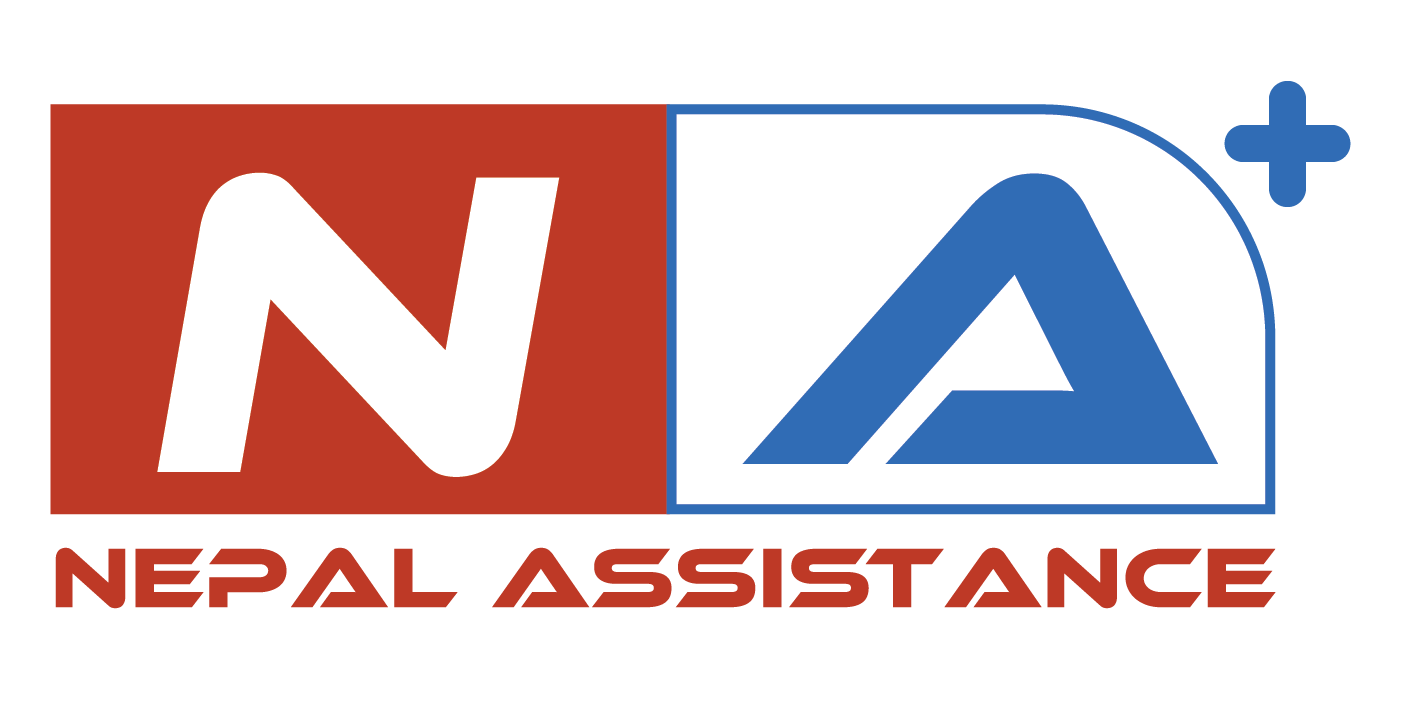Emergency services and medical facilities play a crucial role in ensuring the health and safety of individuals in Nepal. Here’s an overview of emergency services and medical facilities available in the country:
Emergency Medical Services (EMS):
Ambulance Services: Ambulance services are available in major cities and towns across Nepal. They provide emergency transportation for patients requiring urgent medical care.
Helicopter Rescue: In remote and mountainous regions, helicopter rescue services are available for evacuating critically ill or injured individuals to medical facilities.
Hospitals and Medical Centers:
Government Hospitals: Nepal has several government hospitals and medical centers operated by the Ministry of Health and Population. These facilities provide a range of medical services, including emergency care, surgery, and outpatient treatment.
Private Hospitals: Private hospitals and healthcare facilities are also present in urban areas, offering a higher standard of care and specialized medical services. They may be preferred by those seeking more comfortable accommodations and faster service.
Emergency Rooms and Trauma Centers:
Many hospitals, both government and private, have dedicated emergency rooms and trauma centers equipped to handle various medical emergencies, including accidents, injuries, and sudden illnesses.
Some hospitals in urban centers have specialized trauma centers with advanced medical equipment and trained staff to provide immediate care to trauma patients.
Primary Healthcare Centers:
Primary healthcare centers (PHCs) and health posts are scattered across rural areas, providing basic medical services, preventive care, and maternal and child healthcare services to local communities.
Pharmacies and Drug Stores:
Pharmacies and drug stores are widespread in Nepal, offering prescription medications, over-the-counter drugs, and medical supplies. They play a vital role in providing access to essential medications and healthcare products.
Telemedicine and Mobile Health Services:
With advancements in technology, telemedicine services are becoming more accessible in Nepal. These services enable individuals to consult with healthcare providers remotely, especially in rural or remote areas with limited access to medical facilities.
Mobile health initiatives leverage mobile phones and digital platforms to deliver healthcare services, health education, and health monitoring to underserved populations.
International Medical Assistance Providers:
Organizations like Nepal Assistance provide medical assistance and emergency evacuation services to travelers, expatriates, and organizations operating in Nepal. They facilitate access to medical care, coordinate emergency evacuations, and offer support during medical emergencies.
Community Health Programs:
Non-governmental organizations (NGOs) and community-based organizations (CBOs) run various health programs and initiatives aimed at improving access to healthcare, promoting health education, and addressing specific health concerns within local communities.
Overall, while Nepal’s healthcare system faces challenges such as limited resources and uneven distribution of medical facilities, efforts are underway to expand access to emergency services and medical care, especially in remote and underserved areas. Collaboration between government agencies, private healthcare providers, NGOs, and international partners plays a crucial role in strengthening emergency services and improving healthcare outcomes across the country.
